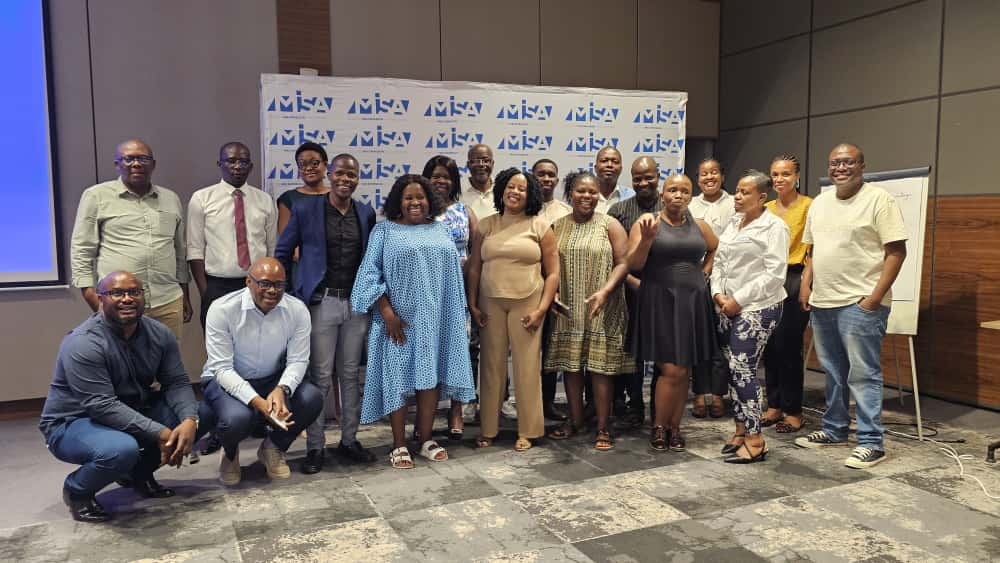A claim that carbon dioxide in the atmosphere is not bad because greenhouses use carbon dioxide generators is FALSE.
A post on X (formerly Twitter) claimed that carbon dioxide (CO₂) is not bad for the planet because generators of the gas in greenhouses increase plant growth. The post references a 2013 article that has been widely shared.
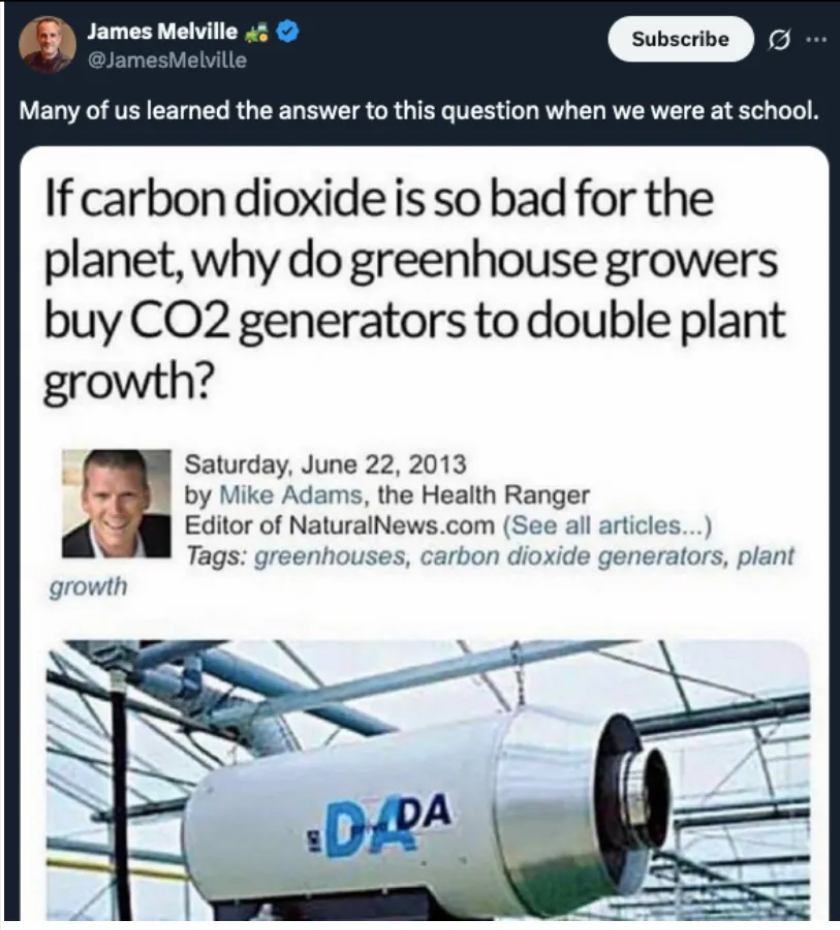
Press enter or click to view image in full size
A greenhouse is a physical structure which allows farmers to create a controlled environment to grow crops, where temperature, humidity, and moisture can be regulated. This, for instance, means that crops can be grown even in winter.
Supplementing and enriching CO₂ in greenhouses is a well-known technique, although its usefulness depends on the crop. The main benefit is that more CO₂ can increase photosynthesis, the process by which plants turn light and CO₂ into oxygen, energy and food.
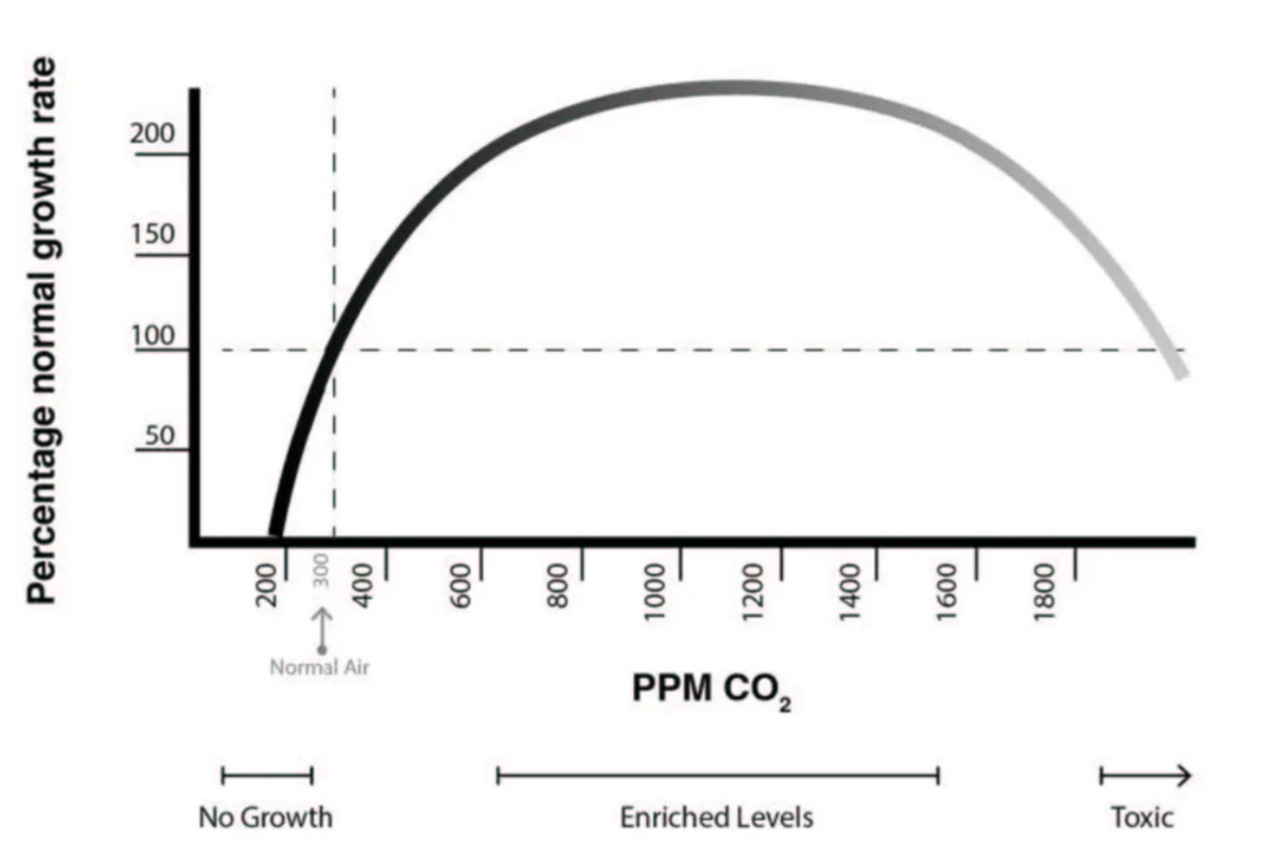
The relative benefit for plant growth by increasing CO₂ concentration. (Credit: Oklahoma State University)
There are different methods to boost CO₂ in a greenhouse (see table below), which includes direct injection of the gas, composting, and burning biogas. Depending on the crop, the increased CO₂ can lead to increased growth, increased nutrient production and increased mass of fruit and flowers.
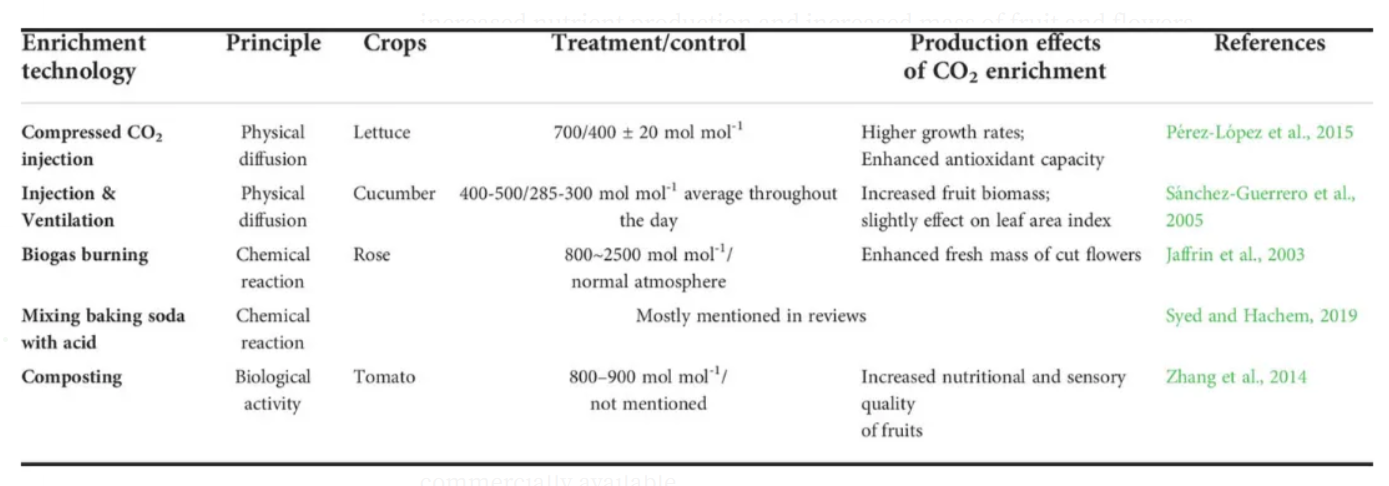
(Credit: Wang et al., 2022)
The effectiveness of an increased CO₂ concentration depends on other factors as well, such as cost, temperature, light intensity and the growth stage of the crop. There are disadvantages to CO₂ supplementation including higher costs, potential toxicity, that young plants mostly respond to increases, and that conditions need to be optimal for it to work.
There are various CO₂ generators catared for use in greenhouses that are commercially available.
There is also a drive to increase the sustainability of greenhouses and CO₂ supplementation to combat climate change.
PesaCheck has previously addressed a similar claim, that the greening caused by increased atmospheric CO₂ proves it is not bad for the planet.
CO₂ in the atmosphere is governed by a natural system called the carbon cycle. Carbon dioxide is released into the atmosphere by natural sources such as fires, volcanoes, respiration, and human processes like burning fossil fuels, and absorbed by carbon sinks like the ocean and plants for photosynthesis.
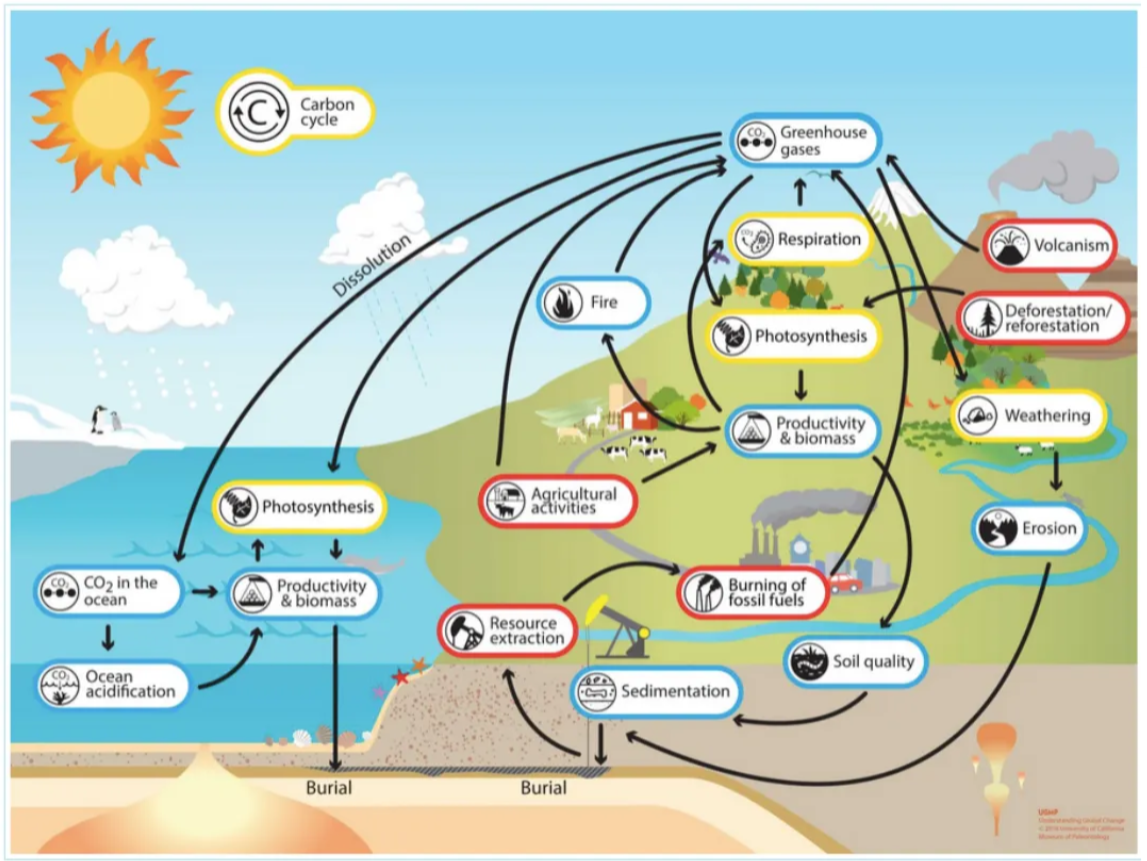
Overview of the carbon cycle showing carbon dioxide sinks and sources. (Credit: Berkeley)
CO₂ in the atmosphere is measured in parts per million (ppm) and fluctuates over the course of the year due to seasons and temperature changes.
Human activities are putting more carbon dioxide into the atmosphere than is removed by natural processes, increasing the greenhouse effect, where gases absorb heat and trap it in the atmosphere to increase the temperature.
CO₂’s greenhouse effect can be proven by relatively simple experiments using standard chemical apparatus.
The bond between the carbon dioxide and oxygen atoms can absorb photons (a unit of light energy), some of which are released back into space, and some bounce back to the Earth’s surface.
When exposed to incoming infrared radiation, carbon dioxide molecules can vibrate and store energy, unlike oxygen and nitrogen, which constitute most of the atmosphere and lack this capability.
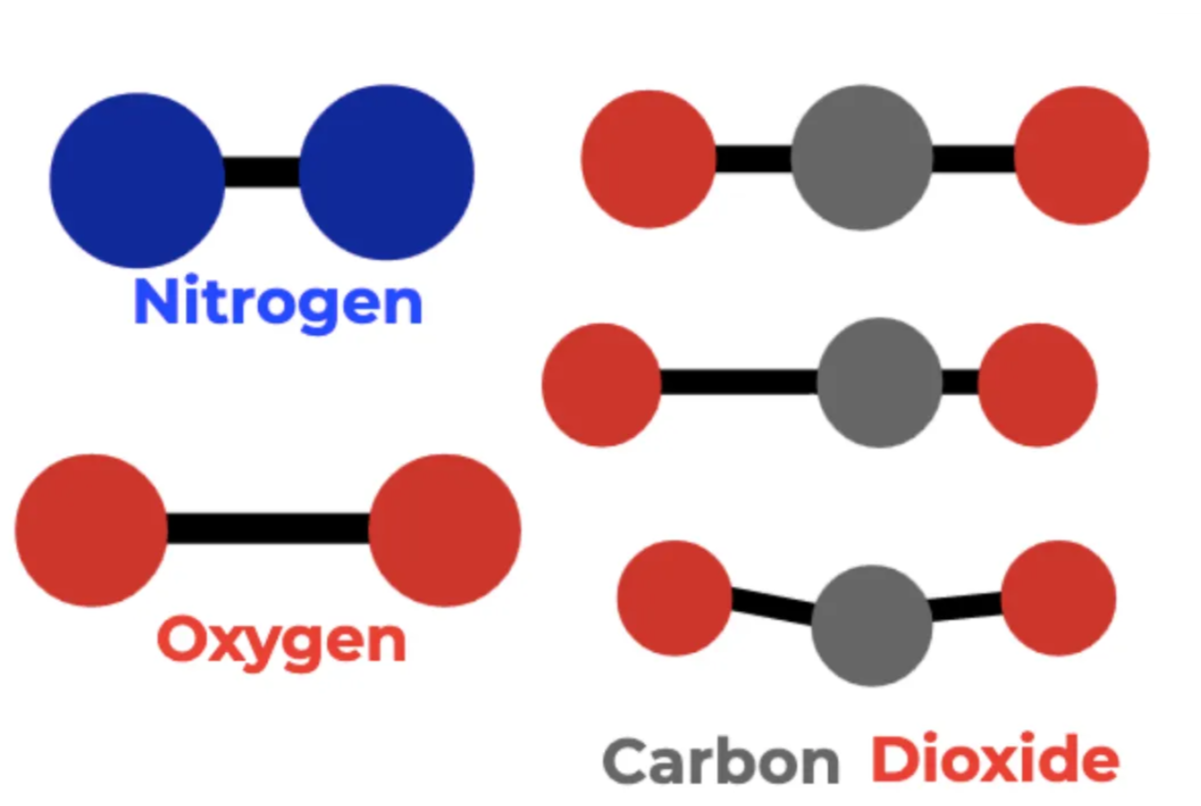
Carbon dioxide molecule movement compared to nitrogen and oxygen, which gives it the ability to capture infrared radiation, a hallmark of a greenhouse gas. (Credit: UCAR)
Molecules are constantly moving; carbon dioxide has more atoms, so it can vibrate in more ways, increasing its ability to capture infrared radiation.
Direct measurements of atmospheric carbon dioxide began at Mauna Loa Observatory in Hawaii in the United States in 1958. It has increased from 315.71ppm to 427.87ppm, according to the latest measurement.
Current atmospheric CO₂ is higher than any time in the previous 800,000 years. Pre-195 levels are estimated through ice core analysis and energy use data.
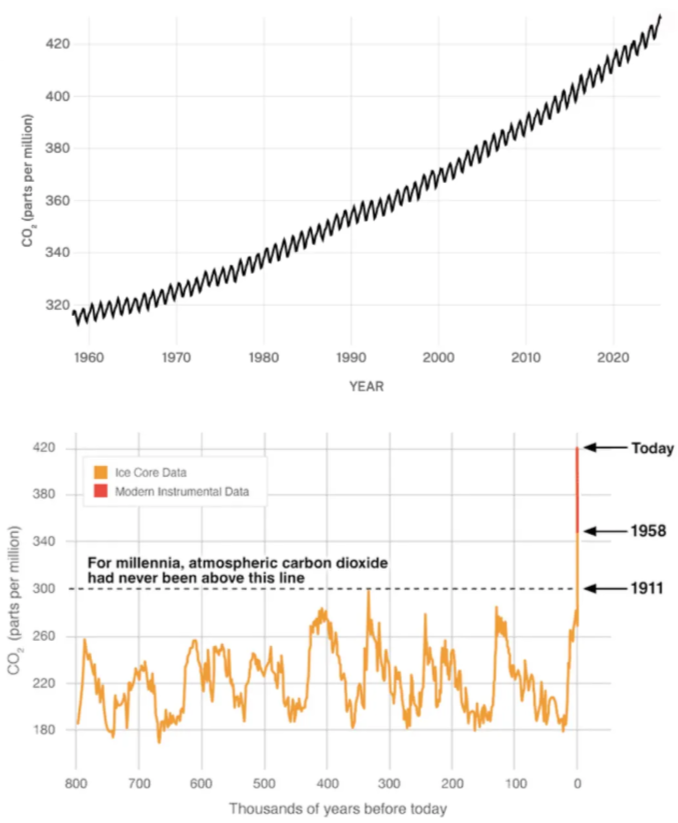
(Credit: NASA)
It is unequivocal that human greenhouse gas emissions have increased the temperature. According to the Intergovernmental Panel on Climate Change, carbon dioxide contributed 0.8 [0.5 to 1.2]°C to 2010–2019 warming relative to 1850–1900.
This view is shared by nearly all published research on climate change and all of the world’s science academies.
PesaCheck has shown the negative consequences of global warming and climate change on crops and food production, extreme weather and drought, human health and the economies of poor nations, melting ice and rising sea levels, as well as disasters such as wildfires, hurricanes, floods, and heatwaves.
PesaCheck has examined a claim that CO₂ generators in greenhouses show the gas is not bad for the planet and finds it to be FALSE.
. . .
This post is part of an ongoing series of PesaCheck fact-checks examining content marked as potential misinformation on Facebook and other social media platforms.
By partnering with Facebook and similar social media platforms, third-party fact-checking organisations like PesaCheck are helping to sort fact from fiction. We do this by giving the public deeper insight and context to posts they see in their social media feeds.
Have you spotted what you think is fake or false information on Facebook? Here’s how you can report. And, here’s more information on PesaCheck’s methodology for fact-checking questionable content.
This fact-check was written by PesaCheck climate change fact-checker Christiaan van der Merwe and edited by PesaCheck senior copy editor Cédrick Irakoze.
The article was approved for publication by PesaCheck chief copy editor Stephen Ndegwa.
PesaCheck is East Africa’s first public finance fact-checking initiative. It was co-founded by Catherine Gicheru and Justin Arenstein, and is being incubated by the continent’s largest civic technology and data journalism accelerator: Code for Africa. It seeks to help the public separate fact from fiction in public pronouncements about the numbers that shape our world, with a special emphasis on pronouncements about public finances that shape government’s delivery of Sustainable Development Goals (SDG) public services, such as healthcare, rural development and access to water / sanitation. PesaCheck also tests the accuracy of media reportage. To find out more about the project, visit pesacheck.org.








